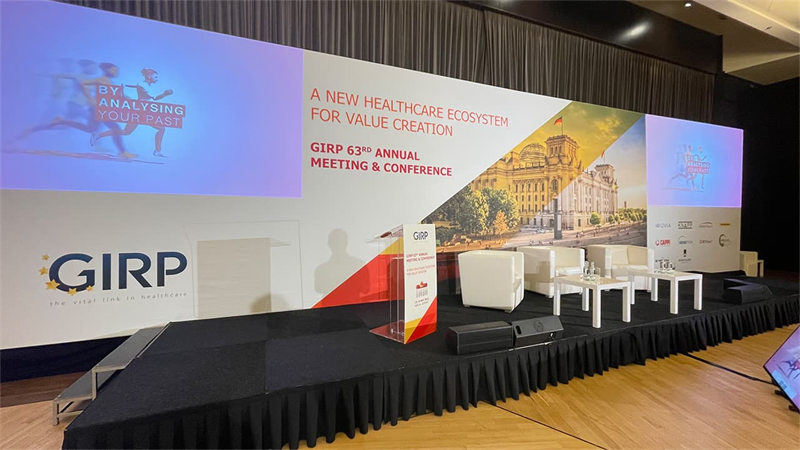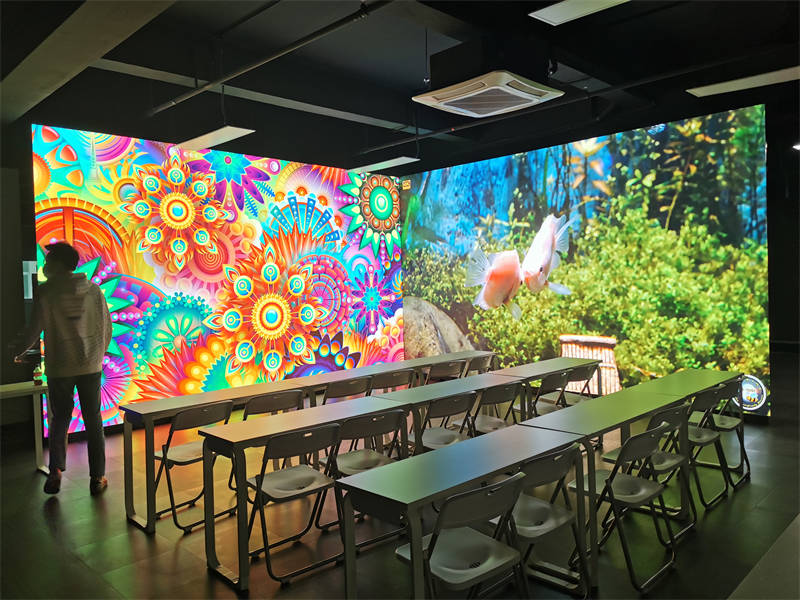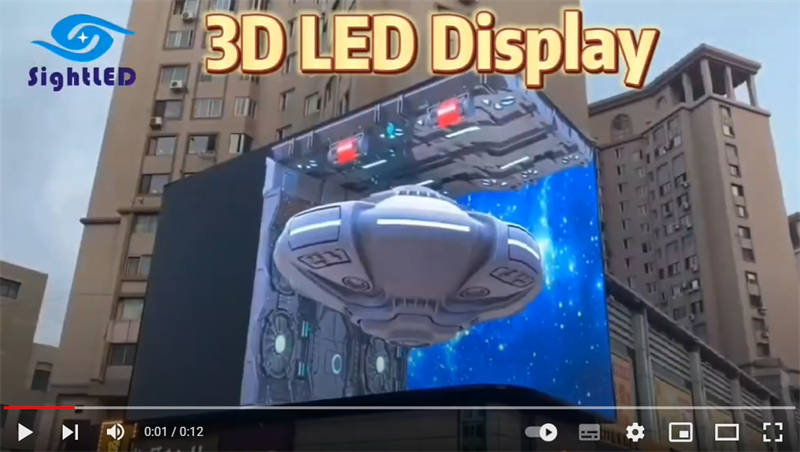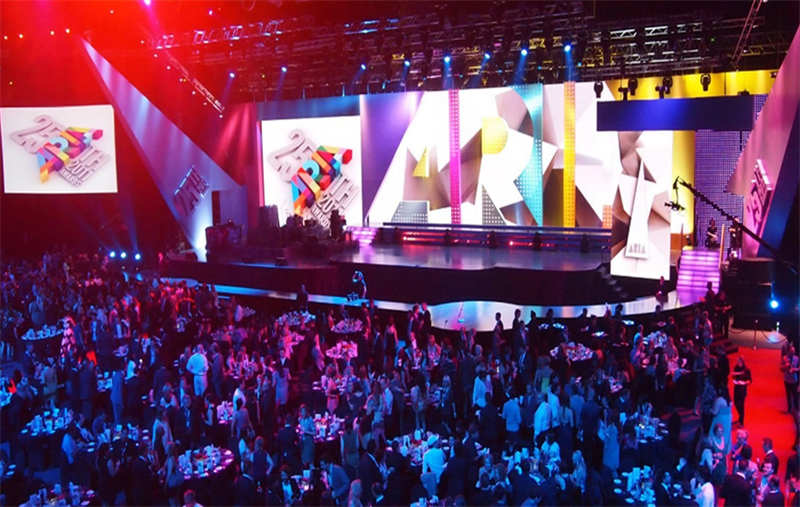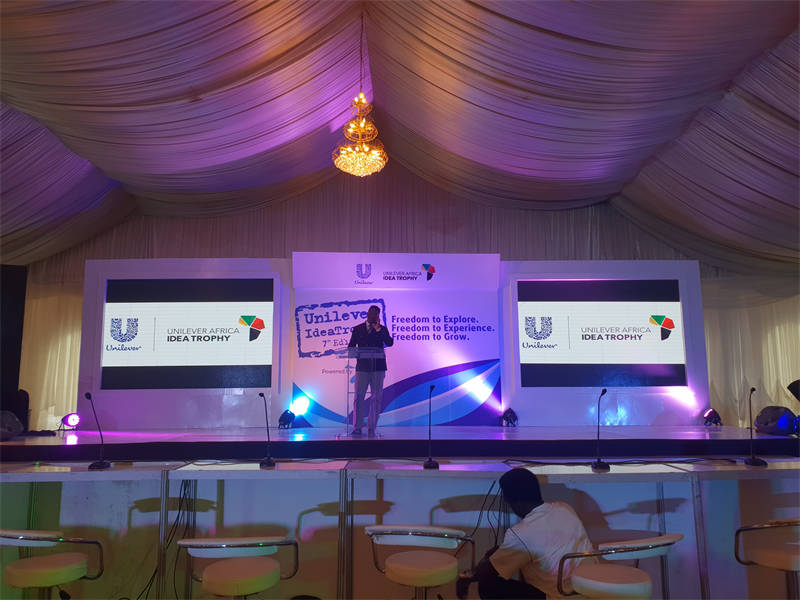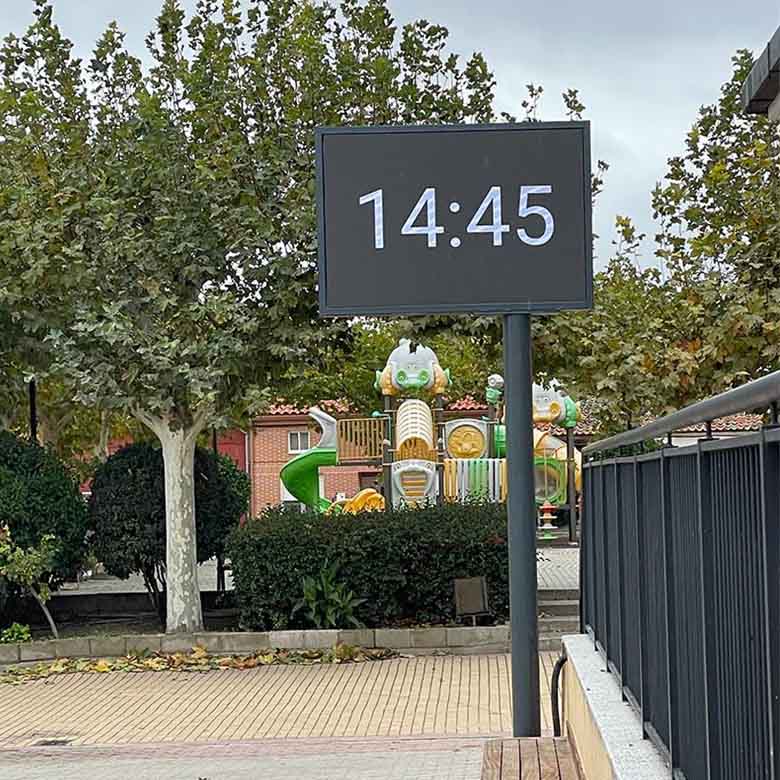Table of Contents
ToggleWhat is holographic invisible screen
Holographic Invisible Screen is an innovative transparent LED display with display characteristics such as transparent invisibility, high-definition image quality, naked-eye AR visual effects, high brightness and high contrast. It is the world’s first LED display product with large-area splicing-free structure, full-screen transparent invisibility and high-definition quality.
This kind of screen can be mounted on transparent glass or in any space without changing the transparent shape of the glass or the transparency of the space, and does not block lighting and sight lines. When in use, it can transform into a large display screen with high-definition quality in seconds. It is mounted as a whole without a dragon frame. The screen body can be assembled left and right, up and down, and can achieve a display height or width of 2.4~3 meters. Display modules can be added or reduced at any time according to the use environment. Therefore, the product can be used in indoor and outdoor scenes such as commercial windows and glass curtain walls, as well as display exhibitions, stages, door curtains and other scenes to display advertisements.
Holographic Invisible Screen application
One case where a holographic invisible screen might be used is in the retail sector. Imagine a shop window where traditional displays are replaced with a holographic invisible screen. The screen can remain transparent and unobtrusive during the day, allowing passersby to see the products inside the store as usual. However, at night or when the store is not open, the screen can be activated to display holographic images of the products, creating an engaging and futuristic showcase that attracts customers’ attention.
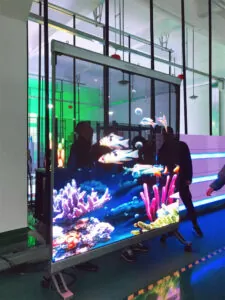


Another example could be in museums or art exhibitions. With a holographic invisible screen, museums can present historical artifacts or paintings in a whole new way. The holograms can bring the artifacts to life, giving visitors a deeper understanding and appreciation of the objects’ history and significance. At the same time, the transparency of the screen ensures that the original artifacts are not obscured, allowing visitors to still see them clearly.
Another potential application is in advertising and marketing. Brands can use holographic invisible screens to create eye-catching displays that grab the attention of passersby. These screens can be placed in high-traffic areas like shopping malls, airports, or even public transportation systems, offering brands a unique way to connect with their target audience and communicate their messages in a memorable and engaging manner.
It’s worth noting that holographic invisible screens are still in the early stages of development, and it may take some time before they become widely adopted and affordable. However, as the technology continues to evolve, we can expect to see more innovative applications of holographic invisible screens in various industries.
Holographic Invisible Screen VS Transparent LED screen
The differences between a Holographic Invisible Screen and a Transparent LED screen in terms of cost, structure, and function:
1. Cost:
- Holographic Invisible Screen: Typically, holographic screens can be more expensive compared to traditional display technologies due to the specialized materials and technology required to create the holographic effect. The cost can vary depending on factors such as size, resolution, and customization options.
- Transparent LED Screen: Transparent LED screens are generally more cost-effective compared to holographic screens. While still more expensive than traditional LED displays, the cost can vary depending on factors like pixel pitch, size, and manufacturer. However, advancements in technology and increased competition in the market have been driving down the cost of transparent LED screens in recent years.
2. Structure:
- Holographic Invisible Screen: Holographic screens are typically made using a specialized film or glass panel that is coated with a holographic material. This material diffracts light to create the illusion of three-dimensional images or objects floating in space. The screen is often paired with a projector or other light source to create the holographic effect.
- Transparent LED Screen: Transparent LED screens consist of a grid of LED pixels mounted on a transparent substrate, such as glass or acrylic. The LEDs are arranged in a way that allows light to pass through, making the screen transparent when not in use. The transparent LED panels can be stacked to create larger displays, and they are often controlled by a video processor to display content.
3. Function:
- Holographic Invisible Screen: Holographic screens create the illusion of three-dimensional images or objects that appear to float in space. They are often used for immersive experiences, product showcases, advertising, and artistic displays. Holographic screens can be interactive, allowing users to interact with the virtual objects using gestures or touch.
- Transparent LED Screen: Transparent LED screens allow light to pass through them, making them ideal for applications where maintaining visibility and transparency is important. They are commonly used in retail storefronts, museums, airports, and corporate environments for digital signage, advertising, information display, and architectural installations. Transparent LED screens can display both static and dynamic content, including videos, images, and text.
In summary, while both holographic invisible screens and transparent LED screens offer unique visual experiences, they differ in cost, structure, and function. Holographic screens are more expensive and create the illusion of three-dimensional images, while transparent LED screens are more cost-effective and maintain transparency while displaying content. The choice between the two depends on the specific requirements of the application and the desired visual effect.
The best holographic invisible screen supplier -Sightled
SightLED is a professional LED display manufacturer, providing high-quality and customizable indoor and outdoor LED displays for advertising, events, sports, and more. With over 12 years of experience and certifications such as ISO9001-2015, CE, and TUV, we ensure reliable post-sale services and customer satisfaction.
Holographic Invisible Screen Specification
✔️ Pixel Pitches: P2.5, P3.91,P6.25, P10
✔️ High transparency: >80%
✔️High brightness:3000-5000cd/m²
✔️Ultra-light weight: 6kg/m²
✔️Ultra-thin: less than 2mm
✔️Multiple installation ways: Stand, Hanging, Fix installation
✔️ Superior Visual Quality: Ultra HD Full HD resolution with intelligent brightness.
✔️ Convenient Features: One-click startup, wireless screen mirroring, and plug-and-play USB.
✔️ User-Friendly Interface: Clean interface for smooth operation and quick installation.
Poster Series
-Setup: our holographic invisible poster screen display requires no assembly. It’s designed for hassle-free installation and can be easily set up in various ways.-Versatile Mounting Options: Whether you prefer lifting, vertical installation, or a combination of both, our holographic invisible poster screen offers flexible installation methods to suit your needs. -Portable and Convenient: With its removable and mobile design, it is easy to transport and can be quickly relocated whenever necessary.
Hanging Series
Hassle-free installation with standard hanging structure Versatile application in various installation environments Flexible size options: 55″, 70″, 100″, 135″ to meet diverse display needs

Fixed Installation Series
-Translucent and Unobtrusive: Our display module is designed to be transparent and invisible, ensuring clear visibility and unobstructed lighting. -Seamless and transparent: Our display module features a large seamless area with over 95% transparency, providing an immersive viewing experience without any obstructions.

Control diagram




